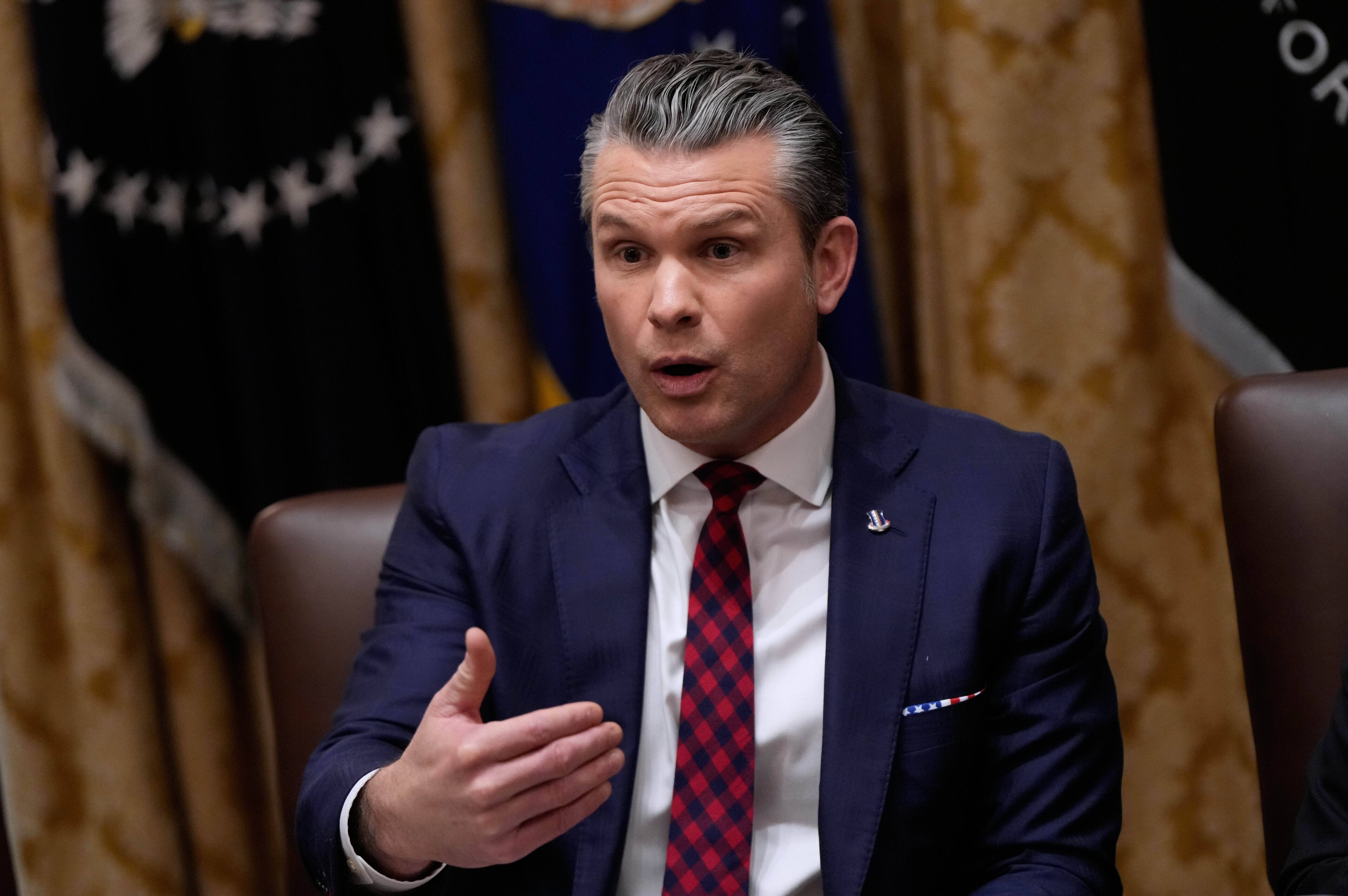Biden’s prostate cancer diagnosis is one of 313,000 expected in the U.S. this year
Former President Joe Biden has been diagnosed with prostate cancer. It’s an “aggressive” case that has spread to other parts of the body, and the 82-year-old is far from the only man in America to be suffering from it.
The diagnosis is a stark reminder that hundreds of thousands of men in the United States will be diagnosed with the disease in 2025 alone.
Joe Biden’s cancer diagnosis
Biden’s office announced his diagnosis on Sunday after the former president reported urinary symptoms that concerned his doctors. They would go on to discover a nodule in his prostate and diagnosed him with prostate cancer on Friday.
“While this represents a more aggressive form of the disease, the cancer appears to be hormone-sensitive, which allows for effective management,” according to his office. “The President and his family are reviewing treatment options with his physicians.”
The 82-year-old’s cancer cells have spread to bone, a difficult discovery for most cancer patients.
“Cancer touches us all,” Biden wrote on social media. “Like so many of you, Jill and I have learned that we are strongest in the broken places. Thank you for lifting us up with love and support.”
What is prostate cancer?
Only found in males, located below the bladder, the prostate is a gland that helps create seminal fluid. The American Cancer Society estimates around 313,780 people in the U.S. will be diagnosed with prostate cancer this year alone. Since 2014, its incidence rate has increased 3% each year.
“About 1 in 8 men will be diagnosed with prostate cancer during their lifetime,” ACS reported. “But each man’s risk of prostate cancer can vary, based on his age, race/ethnicity, and other factors.
“For example, prostate cancer is more likely to develop in older men. About 6 in 10 prostate cancers are diagnosed in men who are 65 or older, and it is rare in men under 40. The average age of men when they are first diagnosed is about 67.”
According to the society, inherited genes may also be a major factor in up to 10% of all prostate cancer cases. Common symptoms include difficulty starting urination, interrupted flow of urine and trouble emptying the bladder — but most men do not have symptoms at all, according to the Centers for Disease Control and Prevention.
How treatable is prostate cancer?
Prostate cancer is most often treated by urologists, radiation oncologists and medical oncologists.
Common treatments for intermediate-risk patients, according to the ACS, include a form of surgery known as radical prostatectomy. In this scenario, the prostate gland is removed, though nearby lymph nodes have to be removed.
Radiation therapy by way of brachytherapy or external beam treatment is also common.
Those facing more extreme forms of prostate cancer may also have to undergo chemotherapy and hormone therapy.
What is the survival rate of prostate cancer?
The ACS estimated 35,770 people will die of prostate cancer in 2025.
“Prostate cancer is the second-leading cause of cancer death in American men, behind only lung cancer,” ACS reported. “About 1 in 44 men will die of prostate cancer.
“Prostate cancer can be a serious disease, but most men diagnosed with prostate cancer do not die from it. In fact, more than 3.3 million men in the United States who have been diagnosed with prostate cancer at some point are still alive today.”
The five-year survival rate of prostate cancer that is localized is over 99%. For prostate cancer categorized as distant — which can often include cancer that has spread to the bones — it’s a much lower 37%.
When to get checked for prostate cancer
The ACS recommends men speak to their health care providers about possibly being screened for prostate cancer if they meet certain requirements. Any man 40 or older with more than one first-degree relative who had prostate cancer at an early age should talk to their doctors.
Men 45 or older at an increased risk of getting the cancer, such as by having a single first-degree relative diagnosed with prostate cancer at an early age, should also talk to their health care providers. Lastly, men 50 or older should talk to their doctors, even if they are only at an average risk of prostate cancer.



